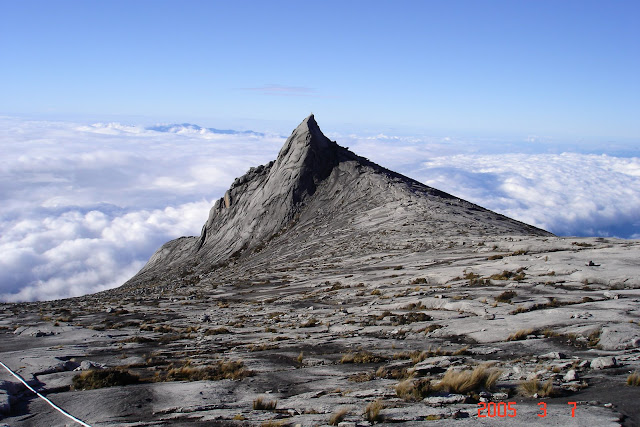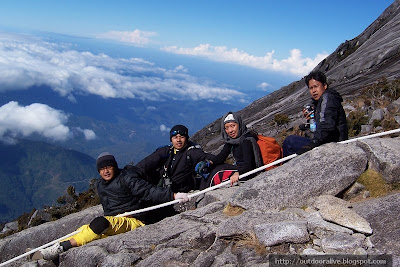Rainforest Animals Wild Malaysian Elephants
Malaysian Elephants in Peninsular Malaysia are in same species of Asian Elephant (Elephas Maximus) while its siblings in Sabah Borneo Malaysia is a little bit smaller in size and known as Sabah Pygmy Elephants (Elephas maximus borneensis). Asian Elephants of Peninsular Malaysia, Thailand, Myanmar and India (Mainland Asia Continent) share same characteristic and categorised as Elephas Maximus, other recognized sub categories are Sumatran Elephants ( Elephas maximus sumatrensis), Sabah Borneo Pygmy Elephants (Elephas maximus borneensis) and Sri Lankan Elephants (Elephas Maximus Maximus). Elephants on these islands of Borneo, Sumatra and Sri Langka have distinct characteristic from Asian Elephants and may have seperated from mainland in hundred thousand years ago. Malaysian elephant or Asian Elephants are much smaller than African Elephants and have distinct different of smaller ear that have staright shape at the bottom. Population of wild Malaysian Elephants in peninsular Malaysia can be found left scattered in isolated forest reserves. Deforestation of Malaysian Rainforest , construction of electrical hydro dam, clearing up of rainforest for plantation and development have cause fragmentation of rainforest and reduce suitable habitat for Malaysian Elephants.
Habitat and Diet of Malaysian Elephant
Malaysia Elephants natural habitat is in lowland rainforest below 300m sea level. Elephant is attracted to moonlight and love to see view of landscape from higher place and It is well known for Malaysian Elephants to climb up to peak of Mountain such as Bintang Mountain, Chamah and Ulu Sepat Mountains in Peninsular Malaysia. Aluminium panels that erected on these peaks used to be uprooted by Malaysian Elephants because it is reflective and attract Elephants' attention. Even with its big size, do not suprise that Elephants could climb with ease. Malaysian Elephants need vast area of lowland rainforest to meet its need for foods and ample space for it to roam, live and breed. Malaysia Elephants are forest herbivores. One adult can eat up to 150 kg of vegetation per day, feeding mostly on species of palms, grasses and wild bananas. In Malaysia Peninsular, Malaysian Elephants can be found in forest reserves around Bintang Mountain Range, Titiwangsa Mountain Range (concentrated especially on the northern forest reserve such as Grik, and Temenggor) , Tahan Mountain Range that lies in Taman Negara National Park (Most of its roam in the area of Tasik Kenyir border and Kuala Tahan / Jerantut), Endau Rompin National Park at south of Malaysia Peninsular and Gapau Forest Reserve in Kuala Klawang Negeri Sembilan. While Sabah Pygmy Elephants largely found in Kinabatangan Valley of Sabah Rainforest.
Ecology of Malaysian Elephants
Social Structure Elephant’s societies are matriarchal, led by a female in small groups. Family groups consist of mothers, daughters, sisters and immature males. An adult male usually remain solitary while sometime join with main herd which is essential for their reproduction and survival. Asian and Malaysian Elephant could live for up to 60 to 80 years. One calf is born at a time and female Asian elephants have about 7 calves in a lifetime. They give birth about every 4 - 6 years and gestation / pregnancy period is between 19-22 months and Elephants Calves suckle for 3 - 4 years. Elephants have very good sense of awareness of its surrounding and good memory. Elephant that is protecting its cub and mating would be very aggressive. Defensive measure should not be taken lightly when entering Elephants area, hikers normally use firecracker to give warning or simply to let the Elephants know that human is in the area thus avoid direct encounter.
Conservation and Sanctuary
Depleted lowland rainforest has draw more encounter between Malaysian Elephants and human. This has become inevitable as human plantation and development has encroaching more and more on elephants habitat thus create human-elephants conflict. Malaysian Authority has come with several applauble measure such as setting up of Kuala Gandah Elephant Santuactry at Temerloh Pahang through its Wildlife Agency , and Gazetted of several Forest Reserves through out Malaysia. This sanctuary is the only center in Malaysia dedicated to locating, subduing, translucent problem Malaysian Elephants from areas where their habitats are constantly being encroached by plantations, to Malaysia's National Parks such as Taman Negara. This sanctuary also shelter orphan elephant that got separated from its herd and injured elephants. The Role of this sanctuary is essential in managing and controlling the increasing human-elephants conflict that sometime reported in newspaper. Visiting Kuala Gandah Elephant Sanctuary is fun which you have opportunity to get close and personal with these Malaysian Elephants.
 |
| Sabah Pygmy Elephants - from WWF Malaysia |
Related Articles:






















